Hello everyone, today Susan will answer some questions about water treatment equipment for you, hoping to be helpful to you.
Many consumers think that reverse osmosis water purifiers produce wastewater, which is very wasteful. Why do reverse osmosis water purifiers produce wastewater? Is there a reverse osmosis water purifier that does not produce wastewater?
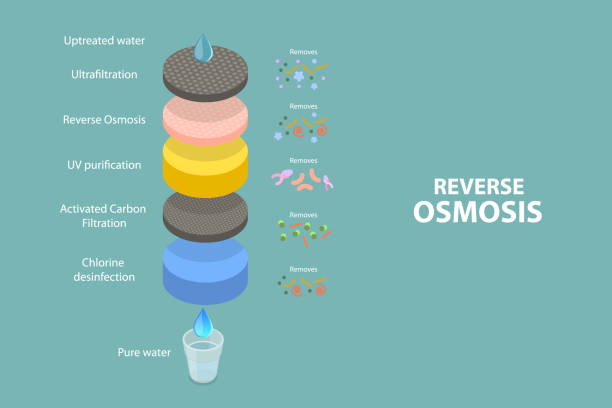 1. Overview of water purification technology
1. Overview of traditional water purification technology
1. Overview of water purification technology
1. Overview of traditional water purification technology
Traditional drinking water treatment mainly removes suspended matter and bacteria in water through flocculation, sedimentation, sand filtration and chlorination disinfection, but the removal effect on various soluble chemicals is very low. With the intensification of environmental pollution of water sources and the improvement of drinking water standards in various countries, "drinking water deep treatment" that can remove various organic matter and harmful chemicals has received increasing attention.
2. Deep water purification technology
Currently, the most advanced technology in the water purification industry is reverse osmosis technology.
Reverse osmosis membranes can intercept various inorganic ions, colloids and macromolecular solutes in water to produce clean water.
Due to the simplicity of the reverse osmosis process and low energy consumption, it has developed rapidly in the past 20 years.
2. In-depth analysis of reverse osmosis technology
1. Working principle of reverse osmosis
Put the same volume of dilute solution (such as fresh water) and concentrated solution (such as seawater or salt water) on both sides of a container, and block it with a semipermeable membrane (reverse osmosis membrane). The solvent in the dilute solution will naturally pass through the semipermeable membrane and flow to the concentrated solution side. The liquid level on the concentrated solution side will be higher than the liquid level of the dilute solution by a certain height, forming a pressure difference and reaching an osmotic equilibrium state.

If a pressure greater than the osmotic pressure is applied to the concentrated solution side, the solvent in the concentrated solution will flow to the dilute solution. The flow direction of this solvent is opposite to the original osmosis direction. This process is called reverse osmosis.
Through the reverse osmosis process, water can flow from a high-concentration solution to a low-concentration solution.
Since inorganic ions, colloidal substances and macromolecular solutes cannot pass through the reverse osmosis membrane, in this process, the unwanted substances are left at the high-concentration solution end, and the low-concentration end is the purified liquid.
2. Why does the reverse osmosis water purifier need to discharge wastewater?
Through the previous introduction, the working process of the reverse osmosis membrane is actually a process of liquid concentration. The salt content in the water continues to increase as the water flows through the surface of the reverse osmosis membrane, and the osmotic pressure of the water continues to increase.

When the osmotic pressure increases to the pressure of the booster pump, the water cannot flow through the reverse osmosis membrane into the water purification end. In addition, due to the continuous increase in the concentration of minerals in the water, some minerals (such as calcium carbonate, calcium sulfate, and silicon) will be deposited on the surface of the reverse osmosis membrane and block the pores of the reverse osmosis membrane, resulting in a decrease in the water production of the reverse osmosis membrane and a decrease in the desalination rate (the ability of the reverse osmosis membrane to remove inorganic salts in the water).

In order to avoid the above phenomenon, all reverse osmosis membranes in use have a ratio that can make the influent water into product water, which is called "recovery rate".
Recovery rate = product water volume ÷ influent water volume × 100%
A reverse osmosis water purifier with high water production means that its reverse osmosis membrane system has a high recovery rate.

Generally, household reverse osmosis water purifiers usually use a reverse osmosis membrane, which also means that the reasonable system recovery rate of almost all reverse osmosis water purifiers is the same. Any product that exceeds this reasonable value is an unreasonable design product, which comes at the cost of reducing the service life of the reverse osmosis membrane.
3. Is there a way to reduce the amount of wastewater from the reverse osmosis water purifier?
There are currently 3 commonly used solutions on the market. Let's analyze the feasibility now:
1. By returning the wastewater to the water inlet of the reverse osmosis water purifier
If the wastewater of the reverse osmosis water purifier is returned to the water inlet of the reverse osmosis water purifier, only salt will flow into the reverse osmosis water purifier system, and no salt will be removed. This means that the salt content of the water in the reverse osmosis water purifier will increase rapidly, and eventually the osmotic pressure of the water will exceed the pressure provided by the booster pump, causing the reverse osmosis water purifier to fail to produce water.
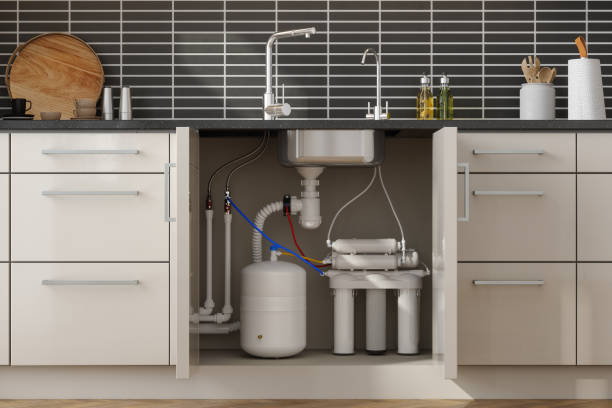
At the same time, due to the increase in salt content, some insoluble minerals begin to deposit on the membrane surface, causing the reverse osmosis membrane to be blocked and damaged. This damage is usually irreversible and can only be replaced with a reverse osmosis membrane.
2. Timed and intermittent discharge of wastewater
There are many such products on the market. The reverse osmosis water purifier works for a few minutes and discharges wastewater for tens of seconds.
This method is also undesirable. During the period when the reverse osmosis water purifier does not discharge wastewater, the recovery rate of the reverse osmosis membrane is 100%. At present, no reverse osmosis membrane in the world can achieve a 100% recovery rate.
The result of this use is that the trace insoluble salts in the water are quickly deposited on the membrane surface, causing the reverse osmosis membrane to be blocked and seriously shortening the service life of the reverse osmosis membrane.
For this type of machine, the reverse osmosis membrane is usually blocked in about a month and must be replaced with a new one.
For a reasonable system, the service life of the reverse osmosis membrane is usually about 3 years.
3. Store the wastewater for other uses
This method is to store the wastewater in a larger pressure barrel and release it when it is needed.
This method is the only feasible method at present, because it does not actually change the operating parameters of the reverse osmosis water purifier.
4. Use wastewater wisely, saving and environmentally friendly
In fact, wastewater is not dirty, and wastewater does not need to be "wasted".
Wastewater is also called concentrated water, which means that the total dissolved solids (concentration) is higher than that of direct drinking water, but it is definitely not wastewater and can be recycled, such as washing clothes, washing vegetables, flushing toilets, watering flowers, etc.

The above is the common sense introduction of water treatment equipment. I hope it can help you. If you want to know more about the common sense of water treatment, please leave a message in the comment area and I will try my best to reply. If you think my article is useful and want to see more water treatment knowledge, please contact me in time. Thank you for reading and wish you a happy life!









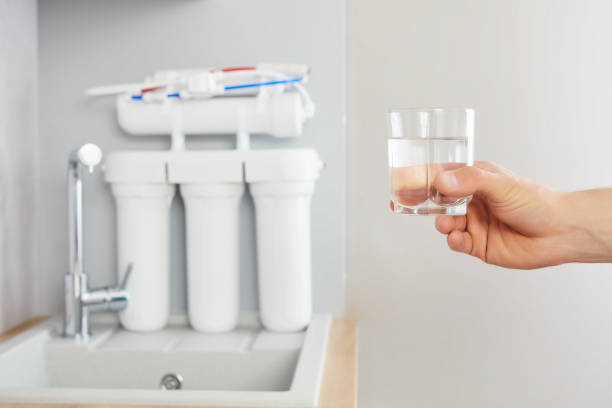 Why should you install a water purifier? This article will make you understand the importance of the existence of water filters!
Why should you install a water purifier? This article will make you understand the importance of the existence of water filters!
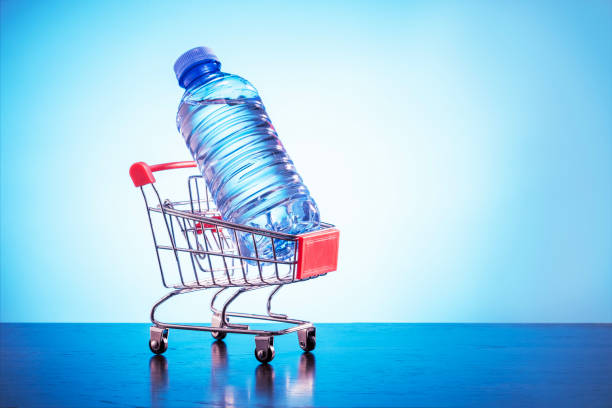 Will water purifiers replace the bottled water?
Will water purifiers replace the bottled water?
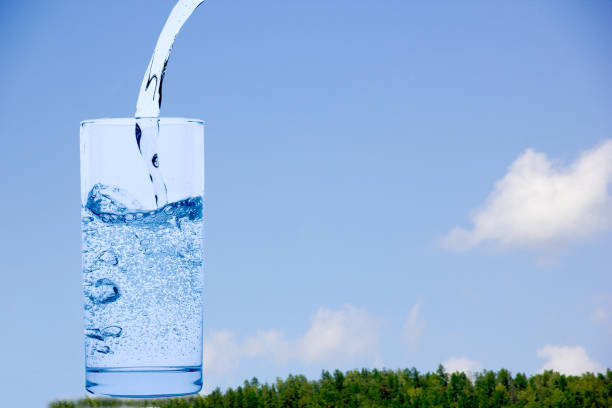 How to choose a filtered water purifier: help you buy the best water purifier! Keep your water as pure as it can be!
How to choose a filtered water purifier: help you buy the best water purifier! Keep your water as pure as it can be!
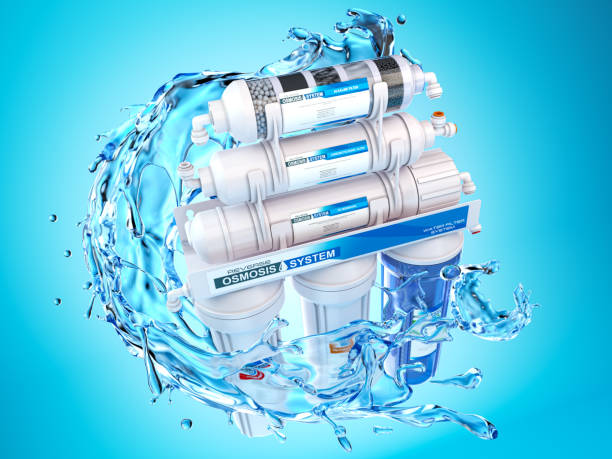 Analysis and solutions to the causes of reverse osmosis membrane fouling
Analysis and solutions to the causes of reverse osmosis membrane fouling